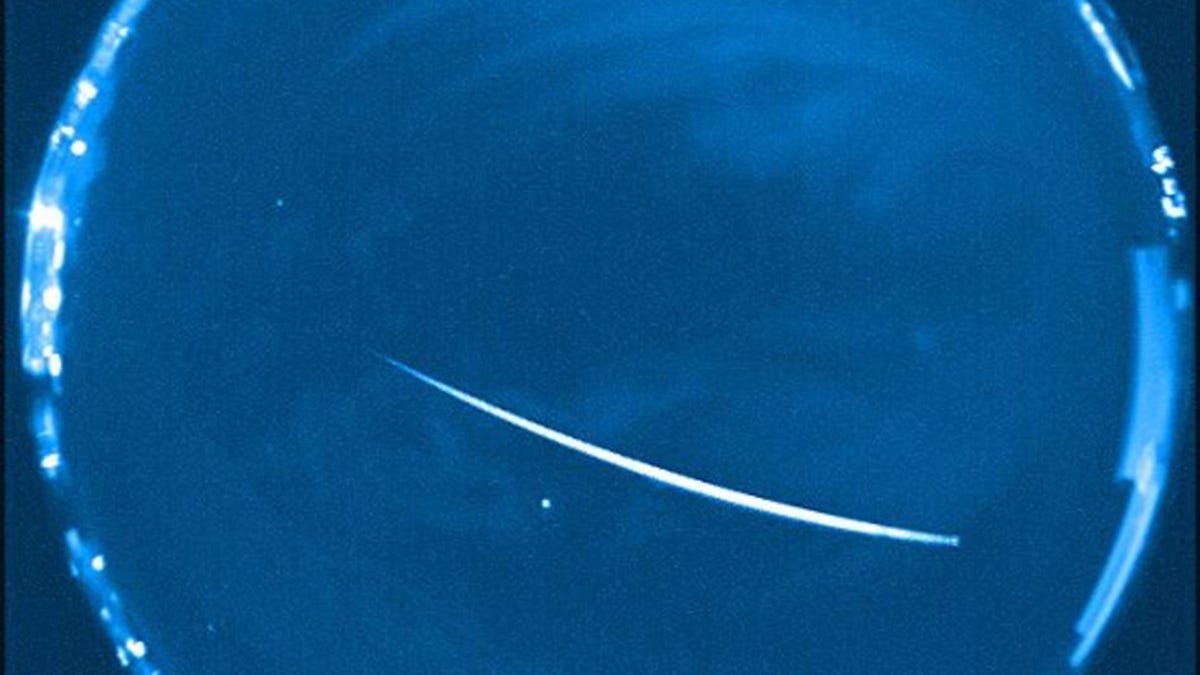Big weekend for the Geminids: 'King' of meteor showers is about to peak
Get ready sky-watchers. It's one of the year's biggest shows of shooting space-rocks, and Sunday is the best night to check it out.
The biggest meteor shower of the year is set to peak this weekend, putting on a shooting-star show when the Geminids streak across the sky, at least in places that won't be overcast.
The Geminids are notable for a few reasons that we might be able to trace back to their origin as pieces of an "extinct comet" called 3200 Phaethon. (An extinct comet is one that's run out of juice and keeps following the same path without showing a tail.) According to NASA, the Geminids' makeup helps them penetrate deeper into Earth's atmosphere than other meteor showers, leading to the bright, long arcs lasting for as long as two seconds that the Geminids have come to be known for.
Phaethon's orbit also brings it unusually close to the sun, which the agency explains "may boil jets of dust into the Geminid stream." This extra dust makes the debris cloud that the Earth passes through each December far more massive than other meteor shower streams.
The brightness of the Geminids can also lend them apparent colors, which depends on their chemical composition. According to the Slooh observatory, most show up white or yellow, with maybe 10 percent looking purple, blue or red.
NASA says the Geminids can produce over 100 meteors per hour, with the shower expected to reach its peak around Sunday evening.
Unfortunately, the forecast calls for clouds over much of the United States on Sunday night, but check your local forecast wherever you are around the world, and if it's clear, get away from city lights as much as you can a few hours after dark and let your eyes adjust before kicking back and enjoying the show.
If you can't escape the clouds, you can watch the show online via Slooh Sunday, and NASA is also hosting a live tweet chat session starting at 8 p.m. PT via @NASA_Marshall. Also, don't forget to share any great photos you capture of the Geminids with us @crave.


